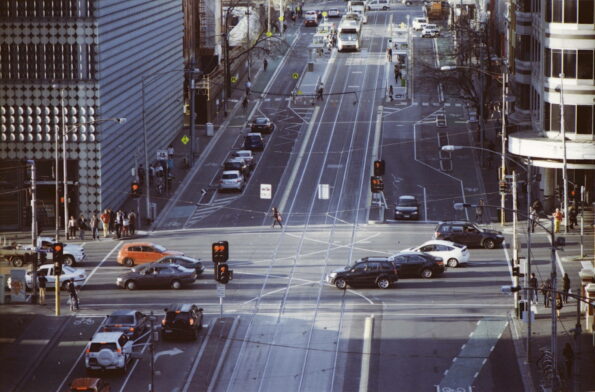Driving is fun until you get a speeding ticket or have a crash. Being new to the game is not bad, but driving without knowing the basics or common mistakes can be dangerous for you and others on the road. We have compiled a list of eight common mistakes new teen drivers often make that translate to legal and financial trouble. Let’s dive in.
Distracted driving
Here’s a fact: Distracted driving may be involved in more than half of teen traffic accidents. It is perhaps the most common mistake new drivers make, and it’s also the most dangerous. Distracted driving includes taking your attention away from the road, such as talking on the phone, texting, eating, drinking, or fiddling with the radio. It even includes daydreaming, looking for signage or having your attention diverted towards an attractive member of your preferred sex!
Not giving way to pedestrians
This one is a biggie, and unfortunately, it’s all too easy to do. Always keep your eye out for pedestrians and give way to them, especially around schools and pedestrian crossings. It may seem common sense, but many new drivers get too focused on the cars around them and completely forget about the people on foot and on personal transport such as bicycles and scooters.
Running red lights and stop signs
Running red is a huge safety hazard and can easily lead to an accident. Once again, it all comes down to being aware of your surroundings and ensuring you’re following the rules of the road. A yellow traffic light means stop if it’s safe to do so. The traffic light phasing is always sufficient for you to either stop in time or to get through the intersection if you are travelling at the legal speed limit. If you see a yellow light, start slowing down, don’t try to speed up to make it through. And, of course, never, ever run a red light or stop sign.

Not using indicators
Failing to use indicators is a small mistake that can turn disastrous because people won’t know your intentions. Always use your turn signals to indicate when you’re turning or changing lanes. The recommendation is to signal for at least 3 seconds before making your manoeuvre.
Speeding
Many new drivers think they can push the limits because they feel invincible behind the wheel. But the truth is that speeding increases the risk of an accident, and increases the risk of injury should an accident occur. Also remember that just because you can do the speed limit doesn’t mean you should – sometimes a safe speed is less than the speed limit.
Tailgating
Tailgating, or following too closely, is not only dangerous, but it’s also annoying to the drivers around you. If you’re tailgating someone, you’re not giving yourself enough time to react if they have to brake suddenly. And, if you rear-end someone because you were tailgating, it’s automatically your fault regardless of what actually happened.
Not checking blind spots
Ignoring blind spots is a mistake many new drivers make, and it can be easily corrected with a little practice. Before changing lanes or making a turn, always check your blind spot by turning your head and looking over your shoulder. It may seem like an extra step, but it could save you from sideswiping another car or getting into a serious accident. Choosing a car with blind spot monitoring gives an extra layer of protection.
Weaving in and out of traffic
Weaving is dangerous and actually causes traffic to slow down even more due to it causing people in the lane you weave into to brake, which has a ripple effect back down the road.
Final word
There’s no shame in making mistakes, we all do it, but when you’re behind the wheel, it’s important to be aware of the potential risks and be careful. By avoiding these eight common mistakes, you’ll be well on your way to become a safe and responsible driver.
